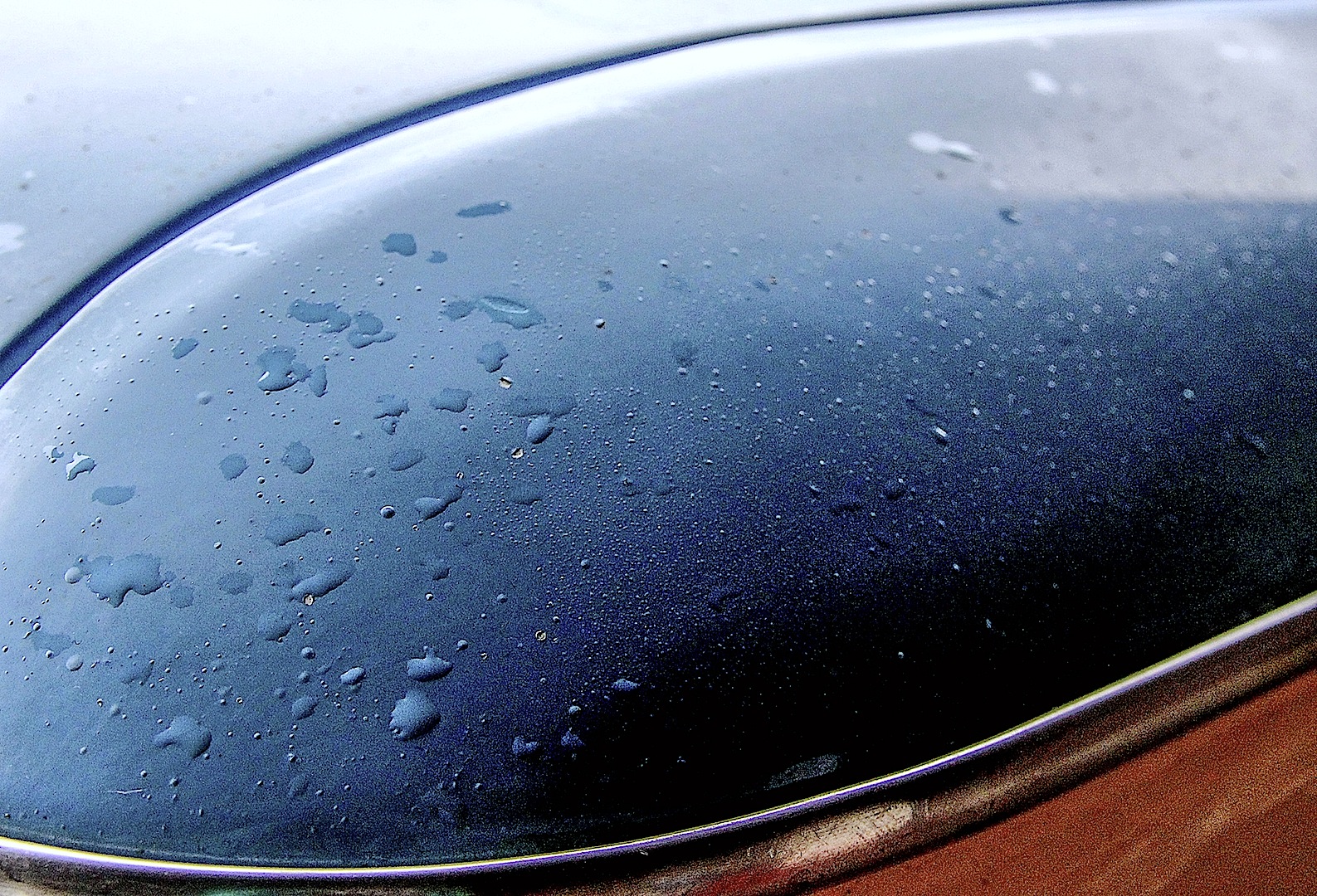 We spoke to paint specialists at Western Spray of Crediton, Devon. They advised that microblistering is always a result of moisture that was already present in the primer coat or undercoat, regardless of the material the car’s made of or the paint system used. It can remain sequestered within the primer for years without harm – but as soon as the right conditions come together, it’s forced out and causes blisters in the top coat. If you pop a fresh blister, you’ll find it’s damp inside.
We spoke to paint specialists at Western Spray of Crediton, Devon. They advised that microblistering is always a result of moisture that was already present in the primer coat or undercoat, regardless of the material the car’s made of or the paint system used. It can remain sequestered within the primer for years without harm – but as soon as the right conditions come together, it’s forced out and causes blisters in the top coat. If you pop a fresh blister, you’ll find it’s damp inside.
The trapped moisture is usually a result of painting in conditions of high humidity or because it was not allowed to dry sufficiently after wet-flatting. Looking and feeling dry isn’t quite enough. Historically, some paint manufacturers used china clay as a filler material in primers and undercoats, and this was especially problematic due to its hygroscopic properties.
Sadly, rectification will involve stripping the top coat off. In theory, if the old primer is exposed in this way and then dried off, it can be painted over safely – but you may wish to start afresh, given the time and money involved.
Hello there, My Cortina MK1 has got a problem with Microblisters or bubbles areas. The professional painter will be expensive and it gave me to quote £6 to 7,000 for bare metal and rid of blisters then respray over the car. May I can myself do it save time money spend on the professional job?
I have this issue with my Lotus Excel. It has got worse rapidly in the last 18 months, no doubt due to being parked outside rather than garaged as previously. It just seems to be the clear lacquer on top that is blistering. I'd appreciate a simple fix that will make the car look acceptable at 10 yards - this is a driver, not a show car - but that will stop it getting any worse.
Blistering also occurs in GRFP if air bubbles are close to the surface of the gel coat or when repairs are made using filler. These heat up and burst in strong sunlight or very warm conditions such as a paint oven. My first job at Lotus Cars was to identify these air pockets, burst them with a knife and have them refilled before painting
When the articles says " if the old primer is exposed in this way and then dried off" ..how should it be dried off ?
What grades of sandpaper and wet and dry would you recommend to remove microblisters on a grp body?